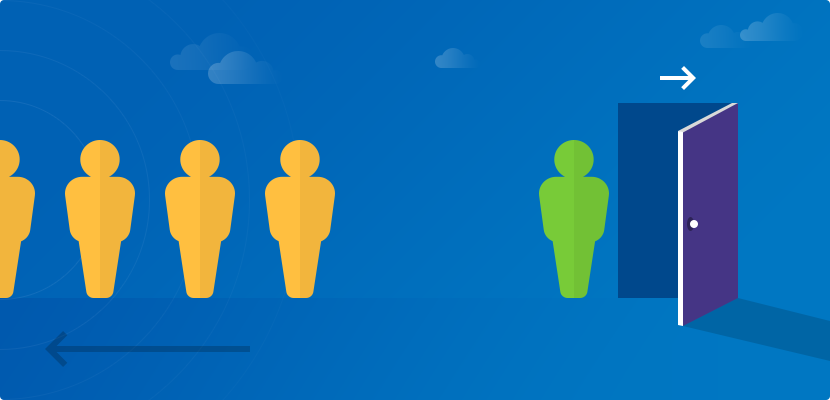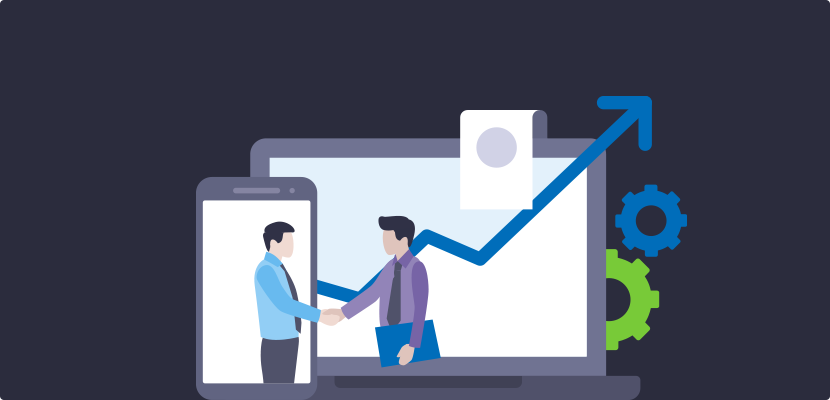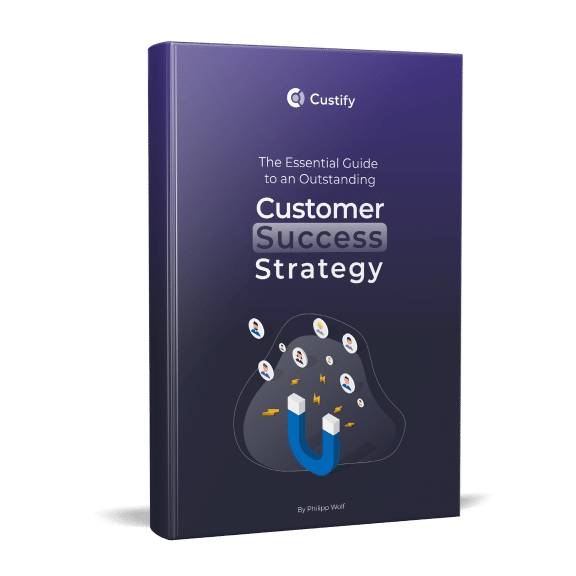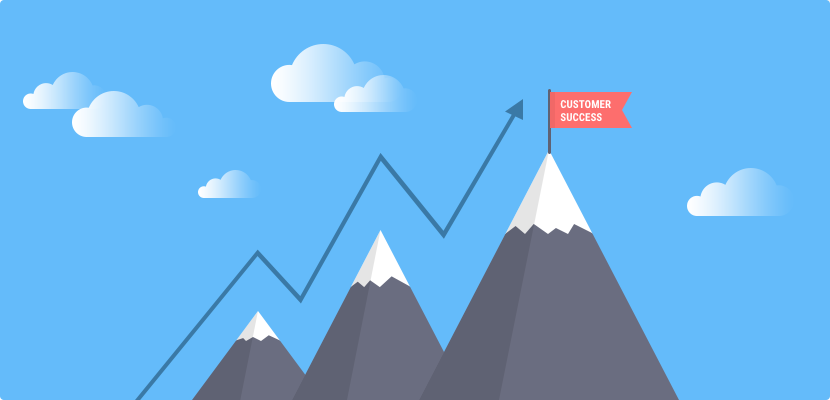
Customer Success Management, or CSM, has evolved from a mere buzzword into a critical component for reducing churn rates in companies. For Saas companies in particular, the health of your business is directly impacted by how quickly and efficiently you can make your customers happy and in turn, retain those customers on a long-term or lifetime basis.
Customer success is predicated on the idea that your users not only understand your product and know how to use it effectively, but see value in it to the extent that the risk of leaving your service would be too great. If customers don’t see the benefits of using your product, they will inevitable lose interest in it; a free product will not convert into a paid plan, and a recurring subscription will not be renewed.
Continuous Value
Demonstrating continuous value is the bottom line here. Technology is constantly evolving and Saas products must keep up with the times and adapt to the changing demands of their consumers, in order to stay relevant. The challenge of remaining relevant when the competition is fierce can seem daunting, but it is more easily accomplished than you may think.
For one, remaining relevant doesn’t necessarily mean adding new features or services to your product; it can also mean improving upon your existing customer retention strategies. Successful customer retention should begin as soon as your customer has signed up for your service and before they’ve become an active user.
If a customer has a bad initial experience with your product, you may lose your only chance to earn their business. Their initial experience will be negative if they don’t receive what they expected to in signing up for your service. Taking another look at your company’s onboarding process can help you to identify areas in which you can improve the quality of your engagement.
Smooth Transitioning
It is your job to make the transition from sign up to active user as smooth as possible for your customers. We know that churn rate is a reflection of customer satisfaction. And that customer satisfaction depends on the ability of your customer to:
1) Understand the context of your product
2) Have a positive initial experience with it
3) Benefit immediately from using it and lastly;
4) See the value of your product on an ongoing basis
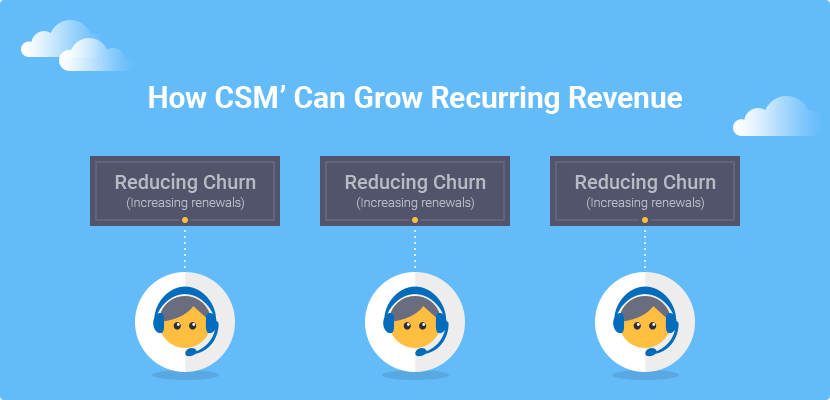
Onboarding – it matters
An effective onboarding process will eliminate many of the barriers that your business faces in client retention. The successful onboarding process will not focus on your company’s goals, but will instead shift focus to meeting your customers’ needs and exceeding their expectations. Shifting your company’s focus from making sales to retaining customers long-term, will ultimately generate more business.
Consider that there are two major landmarks in the lifespan of a client. One is when they first sign up to use your product - point A. The second is when they have their first successful interaction with it - point B. Remember, success means that they are experiencing the benefits that they signed up for.
The SaaS companies who are highly proficient in customer success are the ones that have figured out how to shorten the time and distance between point A and point B. What you do immediately following customer acquisition is what makes or breaks your retention rates.
There are a variety of ways that you can streamline the onboarding process, so that your customer is receiving the appropriate response no matter where they are on the journey of engaging with your product. Tutorial-based, email-based oder even phone calling user onboarding services have proven to be effective in taking the guesswork out of the equation. These updated methods provide customers with contextual support while providing you with an analytics-based system from which to draw data.
Custify is a helpful tool as you can see in real-time in which of your configured buckets your customer is stuck and retain customers at various stages of the long-term customer acquisition process. Custify is proactive in the sense that when a customer is about to drop off because engagement levels with the product are low or our AI based system notifies specific customer patterns, you can call them or send a message to them which includes a call to action, that will make them want to re-invest in the service or you can simply explain them how your service works.
Keep it Simple
Keep things simple. Your onboarding process should contain an explanation of your product and help your users to see the value of it from the very beginning. Any calls to action during the initial onboarding process should be simple and easy to complete.
Once the client has completed the call to action, they should experience an immediate benefit in using the product. This benefit may look like them having an “aha” moment, where a light bulb suddenly goes off and they fully understand the context of your product. It may also look like a moment of accomplishment for your user.
For example, when a user posts a photo to Instagram for the first time, they feel a sense of accomplishment. When another person likes or comments on their photo, they feel another sense of accomplishment. Consistency in the performance of your SaaS will lead customers to feel that your product is reliable, because X action will undoubtedly result in Y accomplishment.
Closing Thoughts
Bear in mind, that despite your best efforts, you will never achieve a 100% retention rate. There are factors at play which are beyond your control. A customer may end their subscription because they went out of business or they are in financial duress. You will also not be the best fit for every customer’s needs. That would require being all things to all people, which is impossible.
Your customer may begin to want or request functions that were never intended to be part of the service. If your SaaS product is in the field of communication and your customer demands you add a music streaming component or they will leave, there is nothing you can do to keep them. But you will continue to attract new clients who are seeking the specialized niche that your product caters to. Specialization leads to higher-quality clients, who will be with you for the long-haul.
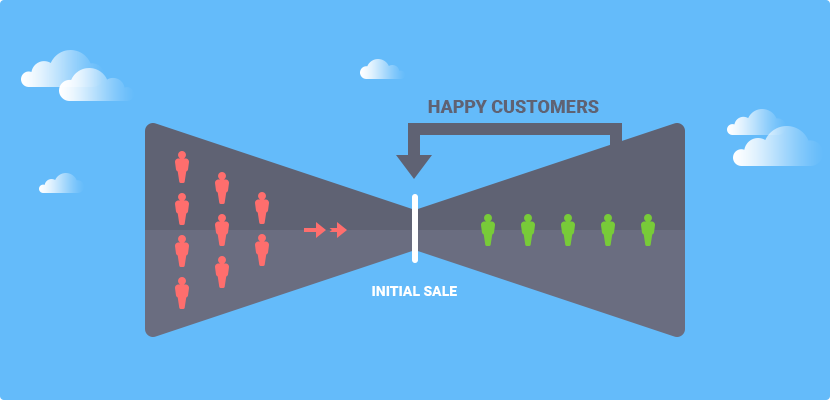
There is one final component to take into account when discussing customer success to reduce churn in SaaS companies: Happy customers become fierce advocates of your product and will refer other customers to you. Customer referrals are the best leads that you can get. In this sense, customer success is an investment that will pay for itself several times over.

